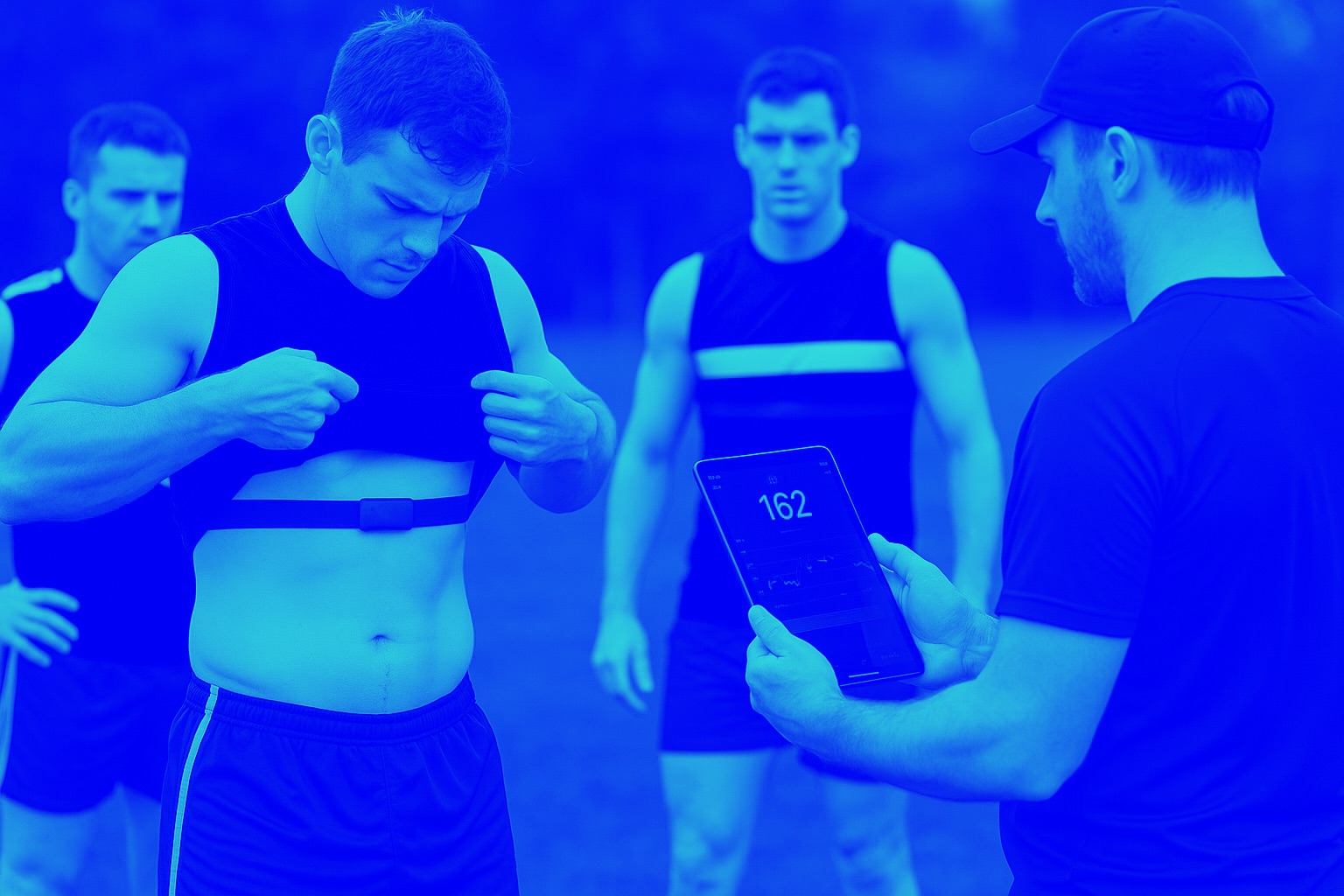Monitoring locomotor load in soccer: is metabolic power, powerful?
Buchheit M, Manouvrier C, Cassirame J and Morin JB. Monitoring locomotor load in soccer: is metabolic power, powerful? Int J Sport Med, In press, 2015.
Full text here
 Figure 1. Oxygen uptake (VO2), speed and metabolic power estimated from locomotor demands (PGPS) during the warm-up and the 3 exercise bouts in a representative player. VO2max: maximal oxygen uptake reached during an incremental test to exhaustion.
Figure 1. Oxygen uptake (VO2), speed and metabolic power estimated from locomotor demands (PGPS) during the warm-up and the 3 exercise bouts in a representative player. VO2max: maximal oxygen uptake reached during an incremental test to exhaustion.
Interview – discussion podcast on the paper here
Abstract
The aim of the present study was to examine the validity and reliability of metabolic power (P) estimated from locomotor demands during soccer-specific drills. Fourteen highly-trained young soccer players (15.4±1.6 yr) performed a soccer-specific circuit with the ball (3 x 1-min bouts, interspersed with 30-s passive recovery) on two different occasions. Locomotor activity was monitored with 4-Hz GPS units, while oxygen update (VO2) was collected with a portable gas analyzer. P was calculated using either net VO2 responses and traditional calorimetry principles (PVO2, W.kg-1) or locomotor demands (PGPS, W.kg-1). Distance covered into different speed, acceleration and P zones was recorded. Players covered 30 times more distance >20 W/kg (PGPS) than >14.4 km.h-1. While PGPS was 29 ± 10 % lower than PVO2 (Cohen’s d<-3) during the exercise bouts, it was 85 ± 7 % lower (d<-8) during recovery phases. The typical error of the estimate between PGPS vs PVO2 was moderate: 19.8%, 90% confidence limits: (18.4;21.6). The correlation between both estimates of P was small: 0.24 (0.14;0.33). Very large day-to-day variations were observed for acceleration, deceleration and >20 W.kg-1 distances (all CVs >50%), while total distance, average PVO2 and PGPS showed CVs <10%. ICC ranged from very low- (acceleration and >20 W.kg-1 distances) to-very high (PVO2). To conclude, PGPS largely underestimates the energy demands of soccer-specific drills, especially during the recovery phases. Together with its moderate agreement with calorimetry-related P estimations, the poor reliability of PGPS >20 W.kg-1 questions its value for monitoring purposes in soccer.
Key words: soccer, acceleration, deceleration, energy demands, soccer-specific, training load.




